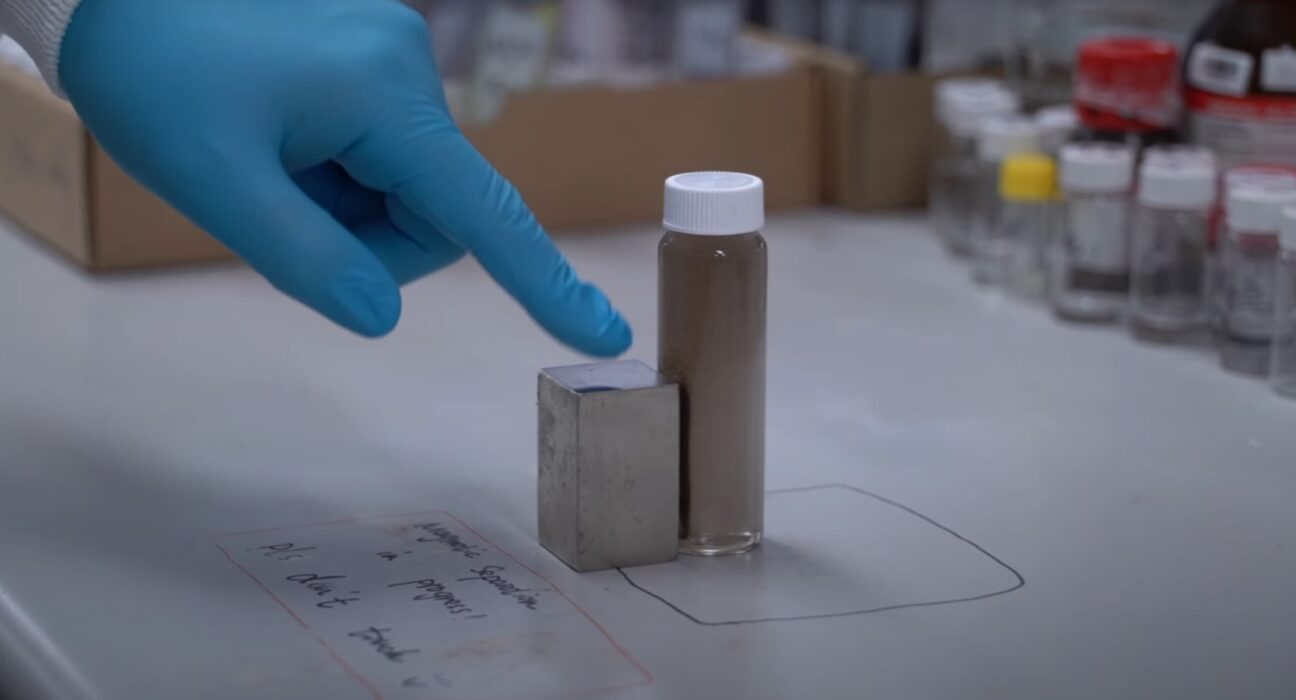Australian researchers have created a fascinating new method for extracting particular toxic chemicals from water. Pollutants are coated and made magnetic when a solution is added to contaminated water, making it simple to draw them in and separate them.
Due to their ability to repel water and oil, per- and polyfluoroalkyl substances (PFAS) are a class of compounds that have been widely used since the 1950s. PFAS chemicals, however, have more recently been connected to a number of alarming health issues, including elevated risks for diabetes and liver cancer. Even worse, a recent study discovered that practically everywhere on Earth, their levels in rainfall surpass EPA standards. These stable compounds are also extremely difficult to degrade, earning them the moniker “forever chemicals.”
Now, University of Queensland researchers have created a method that might aid in the removal of PFAS chemicals from water. A magnetic fluorinated polymer sorbent, which the researchers created, covers the PFAS molecules when it is applied to contaminated water. They become magnetic as a result, making it very easy to use a magnet to draw the pollutants to it and separate them from the water.
The approach could remove over 95% of most PFAS molecules, including over 99% of GenX, a particularly hazardous compound, within 30 seconds, according to testing with small samples of PFAS-contaminated water.
Many groups have looked into how to break down PFAS, typically using catalysts activated by UV light or heat. Supercritical water or hydrogen have both been used by others.
However, the authors of the new study claim that their magnetic approach offers a few advantages over currently used PFAS removal methods. The solution itself can be used up to ten times, works considerably more quickly than other alternatives, and doesn’t need additional energy to start the reaction.
Dr. Cheng Zhang, a co-author of the paper, stated that “our method shows it is possible to remove more of these chemicals in a way that is faster, cheaper, cleaner, and very simple.” He also added that the process can be also used in remote and off-grid communities because it does not need electricity. “Our team will now scale up the testing and we hope to have a commercially available product ready in the next three years,” he concluded.





